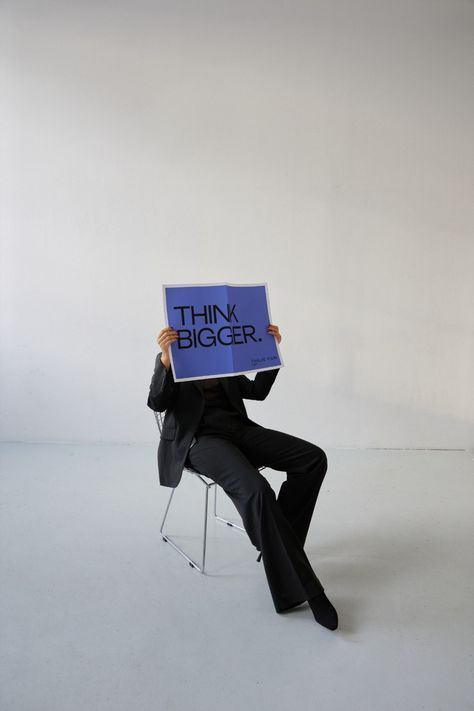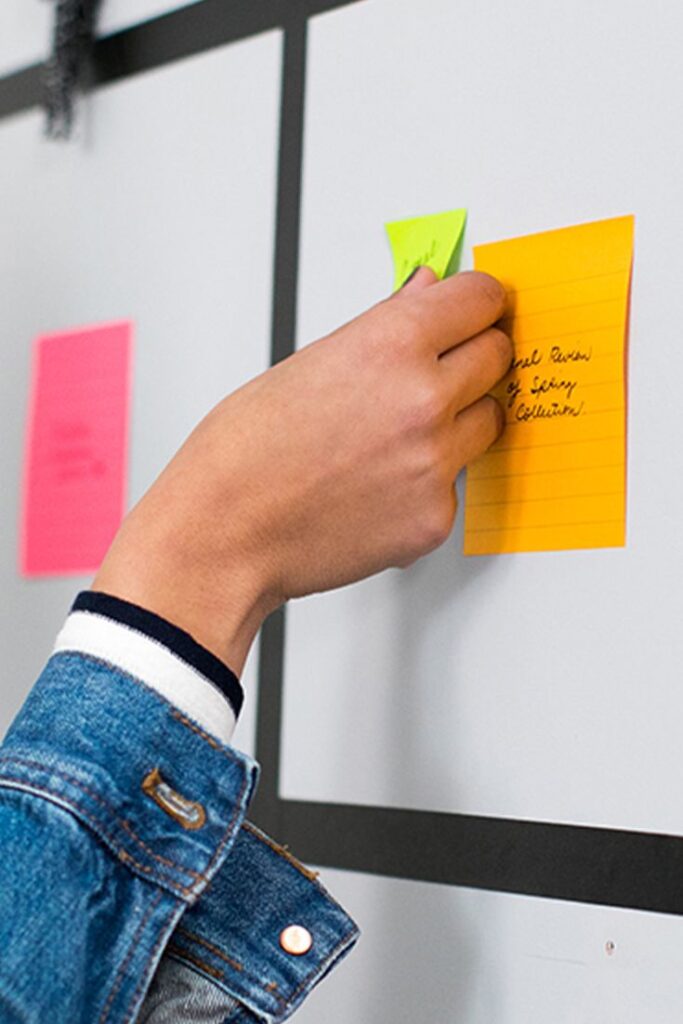Creative ideas are the starting point for innovation, problem-solving, and personal expression. They come from exploring different perspectives, practicing regular brainstorming, and allowing yourself to generate many ideas without judgment. This approach helps you develop unique concepts that can be applied to art, business, writing, or everyday challenges.
By engaging with a variety of creative projects and tools, you can strengthen your ability to think outside the box. Whether you’re crafting a story, designing a poster, or developing a new product, creativity thrives when you combine inspiration with practical action. You don’t need to wait for inspiration to strike—creativity grows through consistent effort.
Key Takeways
- You build creativity by generating many ideas without self-criticism.
- Creative thinking improves through engaging with diverse projects and challenges.
- Practical application helps turn ideas into effective solutions.


Understanding Creative Ideas
Creative ideas arise when you combine different perspectives, harness inspiration, and apply specific methods to generate original concepts. These elements work together to help you see problems anew and develop innovative solutions.
Defining Creativity
Creativity is your ability to produce original and valuable ideas by connecting disparate information. It’s not just about artistic skill but about problem-solving and thinking beyond obvious solutions.
You can view creativity as a process involving both imagination and critical thinking. It requires openness to new experiences and willingness to challenge existing patterns.
Creativity often starts with a clear purpose or problem. By focusing your mind on a goal, you can guide your thinking toward meaningful and practical ideas.
Factors That Fuel Inspiration
Inspiration comes from varied sources like your environment, experiences, and interactions. Exposure to diverse fields, cultures, or viewpoints often sparks new thoughts.
You can increase your inspiration by stepping away from routine and seeking novelty, whether through reading, conversations, or exploring different settings.
Emotional states also influence your creative energy. Positive moods generally promote openness, while careful reflection during quieter moments can deepen insight.
Techniques to Enhance Creativity
To boost creativity, you can use specific strategies such as asking “what if” questions to challenge assumptions. This reframing helps you break free from standard thinking.
Another effective method is to limit consumption of information temporarily. This pause allows your mind space to combine ideas without distraction.
Using tools like mind maps or loglines can help you clarify and express your creative thoughts. These techniques organize complex ideas into simpler frameworks, making them easier to refine.


Generating and Developing Creative Ideas
To generate creative ideas effectively, you focus on sharpening your observation skills, applying structured brainstorming methods, and engaging with others through collaboration. These elements help you build and refine ideas in practical, actionable ways.
Effective Observation Methods
Start by observing your environment with intention. Notice details that others might overlook, such as patterns, problems, or unusual combinations. Use tools like journals or voice notes to capture these observations immediately.
You can also apply the 5 Whys technique to dig deeper into issues you encounter. This method pushes you past surface-level thoughts toward root causes, sparking richer insights.
Try setting up dedicated times for observation, such as during walks or meetings. Paying attention to behaviors, language, and surroundings during presentations or workshops can reveal gaps or opportunities you can address creatively.
Brainstorming Techniques
When generating ideas, structure helps to avoid stalled thinking. Use lists, mind maps, or analogies to explore multiple angles of a problem.
Try free writing or rapid listing for fast idea generation. This technique encourages quantity over quality initially, which you can refine afterward.
Activities like “Mash Up” combine unrelated concepts, pushing your thinking beyond obvious connections. For example, mix elements from two different fields to create a novel idea.
You can also use question prompts such as “What if?” or “How might we?” to trigger new pathways of thought during individual work or group sessions.
Collaborative Approaches
Working with others often produces more refined and diverse ideas. Join or organize workshops where you can share observations and brainstorm collectively.
Use roles to structure collaboration—for instance, a facilitator, note-taker, and challenger—to keep ideas flowing and ensure all voices are heard.
Encourage “Yes, and” techniques to build on each other’s thoughts instead of dismissing ideas. This fosters a positive space where creativity grows.
Present your early ideas regularly to your team or community. Feedback loops help you improve concepts and uncover blind spots you might have missed alone.


Creative Ideas Across Industries
Creative ideas often come from adapting methods or technologies used in one sector to another. By borrowing proven strategies and tools, you can improve processes, customer engagement, or content delivery in unexpected ways.
Advertising Innovations
In advertising, creativity focuses on connecting with audiences through fresh visual and narrative techniques. You can leverage augmented reality (AR) and virtual reality (VR) to create immersive ads that engage viewers beyond traditional media.
Data-driven personalization is another key trend. Using AI to tailor advertisements based on individual behaviors increases relevance and conversion rates. You should also consider interactive formats, such as shoppable videos, which enable users to purchase products directly during ad experiences.
Collaborations with creative directors and real-world case studies show that integrating storytelling with new tech enhances brand impact. Your ads become more than promotions—they offer memorable experiences.
Original Ideas in Retail
Retail innovation thrives when you apply cross-industry concepts, such as streamlined logistics from manufacturing or tech-driven customer service from the software sector.
For example, you can implement assembly line principles to optimize back-end processes, reducing checkout times and inventory errors. Additionally, cloud-based platforms improve inventory management and allow real-time supply chain updates.
In-store, mixing digital tools like AR to preview products with personalized recommendations enhances customer engagement. You might also explore subscription or experiential retail models to build loyalty and differentiate your offerings from competitors.
Unique Concepts for Content Creation
In content creation, innovation often involves blending new technology with audience insights. Podcasts benefit from this by using AI to analyze listener preferences and tailor episode suggestions or ads.
You can incorporate multimedia elements like 3D audio or interactive transcripts to enhance accessibility and immersion. Creative producers often borrow gaming or filmmaking techniques to storyboard episodes or design unique formats.
Content diversification—such as mixing short-form videos with long podcasts—helps meet evolving audience habits. By using blockchain for copyright protection or crowdfunding, you maintain control and support your creative work sustainably.


Leveraging Media and Platforms for Creativity
You can enhance your creative process by using diverse media and platforms strategically. Social media allows you to engage directly with audiences for real-time feedback and idea generation. Meanwhile, books and podcasts offer deep insights and inspiration from experts across fields, helping you develop richer concepts.
Social Media Strategies
To tap into creative ideas on social media, focus on platforms like Facebook and Instagram where visual storytelling thrives. Use polls, questions, and interactive features to crowdsource ideas from your audience. This not only generates fresh perspectives but also builds engagement with your brand.
Consistency matters. Posting regularly with varied content—images, videos, stories—helps maintain interest and encourages audience participation. Monitor trends and popular hashtags to incorporate timely, relevant themes into your creative work.
Automation tools and AI can assist in managing posts and analyzing engagement, letting you refine your approach efficiently. Use insights from analytics to identify what resonates most and tailor your strategy accordingly.
Incorporating Books and Podcasts
Books remain a foundational resource for deep, structured knowledge in any creative field. Choose titles relevant to your niche or those that challenge your usual thinking patterns. Taking notes or summarizing key points can help you apply new ideas directly to your projects.
Podcasts offer flexible learning through interviews and discussions with industry experts. They provide current trends, case studies, and practical tips that you can adapt in real time. Subscribing to a few quality shows lets you cultivate continuous inspiration and professional growth.
By combining books and podcasts, you gain both theoretical frameworks and up-to-date insights, supporting a well-rounded creative approach.


Practical Tips and Guidance
To generate and apply creative ideas effectively, focus on clear steps, learn from established authors and experts, and integrate your ideas intentionally into your daily work. Practical approaches help you move from concept to action with precision.
Step-by-Step Instructions
Begin by defining your creative goal clearly. Identify what problem you want to solve or what outcome you aim for. Use structured techniques such as brainstorming or the “Five W’s and one H” (Who, What, When, Where, Why, and How) to explore ideas systematically.
Write down all ideas regardless of quality to encourage quantity. Next, review these ideas critically and select the most viable options. Test your ideas quickly in a real context to gather feedback and refine them.
Organize your process with tools like lists or mind maps to keep your thinking clear and focused. This methodical approach ensures you remain productive rather than overwhelmed.
Learning From Authors and Experts
Authors and experts often provide frameworks that can sharpen your creativity. Study their methods through books, articles, or talks, paying attention to concrete instructions and examples.
Analyze how they approach problems and generate ideas. Authors might emphasize practices such as routine writing sessions or mindfulness of your environment to stimulate new thoughts.
Apply their advice by adapting it to your routine. For example, if an expert suggests bouncing ideas off others, schedule regular discussions with colleagues or friends to gain fresh perspectives.
Incorporate these techniques incrementally to see what elevates your creativity without forcing drastic changes.
Implementing Creative Ideas in Daily Work
Integrate ideas by setting small, actionable goals that fit within your usual tasks. This prevents disruption while allowing experimentation.
Track your progress and outcomes to assess which ideas contribute most effectively. For instance, if you introduce a new workflow, monitor its impact on efficiency or problem solving over time.
Stay flexible. Some ideas might need adjustment or combining with others to work well in your environment.
Maintain a habit of immediate testing and iteration. This practical attitude helps transform creativity into tangible results within your daily responsibilities.
- 32shares
- Facebook0
- Pinterest29
- Twitter3
- Reddit0



